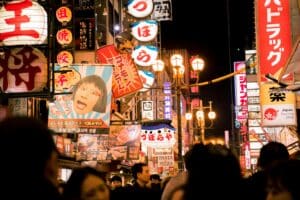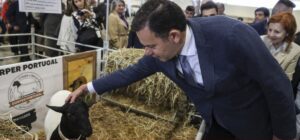Just as wildlife at Alcantarilha’s Lagoa dos Salgados begins to benefit from €300,000 worth of environmental investment, poachers are creating havoc – not only depleting the lagoon of fish and shellfish, but killing birds and turtles in the process.
Last Saturday maritime police discovered more than 30 illegal traps, chock-full of dead eels, shellfish, turtles, frogs and even a little grebe, one of the many species that delight in life at Salgados.
Ornithologist and local warden Rui Eufrásia was one of the first to notice the traps – exposed by a controlled draining of the lagoon into the sea. It is a practice that takes place at least once a year and something Eufrásia believes the poachers were not expecting.
Talking to Sulinformação at the weekend, he said: “The water level dropped in the half of the lagoon below the dyke and the sluice gates recently constructed, and the traps – some of them metres wide, as well as metre of nets – ended up being exposed.”
According to police, the illegal haul would have netted poachers “hundreds of euros”. Restaurants will buy a kilo of eel for anything from €20 – and Saturday’s find involved 40 kilos of eel alone, as well as “tens of kilos” of shrimp and prawns.
“This is taking poaching to a new level,” explained a spokesman. “They are destroying everything that goes into the traps; even the birds as they end up drowning.”
The little grebe, for example, is a diver – a bird that catches its prey underwater. It would have swum into the trap and then found itself unable to escape.
Now, the only course of action left to police and watchers like Eufrásia is to keep an extra eye out for whatever the poachers do next.
Saturday’s operation verified the existence of a small boat, hidden away in the reeds, which the poachers must have used to service the traps. Police also found that a padlock giving access to the dyke had been cut. The boat has since been apprehended and the padlock replaced. But, as Rui Eufrásia explained, poaching on this kind of scale impacts on the whole lagoon.
“I was here a few days ago and saw a band of around 40-50 flamingos. The next day, they had all gone.”
He said the poachers “upset the birds and make them look for refuge elsewhere”.
“Only a little while ago €300,000 was invested to create better conditions for the birds using the lagoon. It is one of the areas in the Algarve that attracts most birdwatchers who come from all over the world. But if this kind of damage continues, it will upset everything,” he said, adding that it will be difficult to catch the poachers as they come so late at night.
Areas along the nearby Ribeira de Alcantarilha are equally threatened, he added.
The lagoon has long been under threat by its proximity to tourist developments, though progress of the long-mooted Praia Grande complex appears to have been held up as owners seek foreign investment.
Meantime, last weekend (Sunday, March 15) environmentalists from SPEA, Quercus, A Rocha and Lagoa dos Salgados’ Platform of Friends met at the lagoon for a day of uprooting of the invasive plant species known locally as “chorão” (Latin name: Carpobrotus edulis).
The day was divided into time for clearing the land of the plant and time for birdwatching.
By NATASHA DONN natasha.donn@algarveresident.com
























